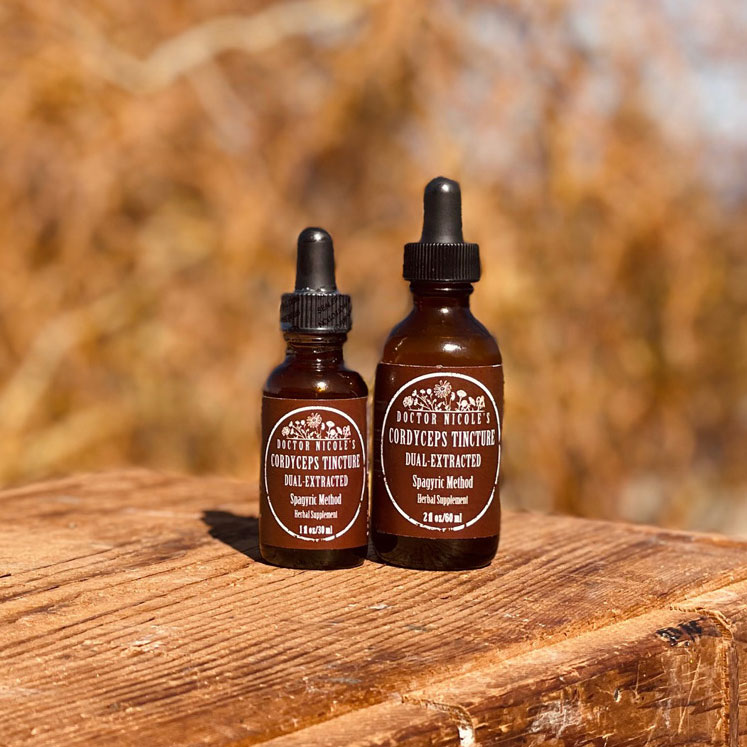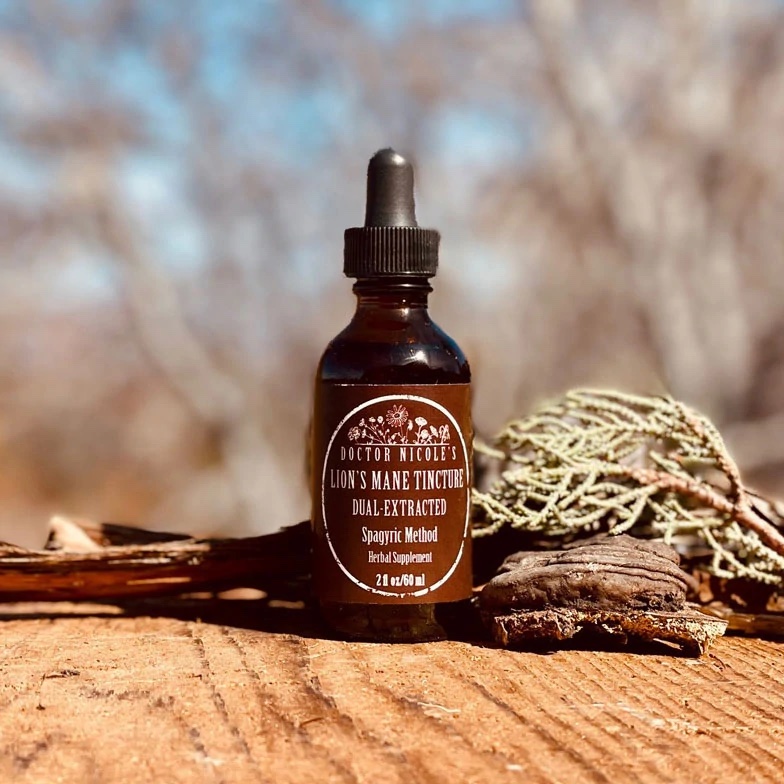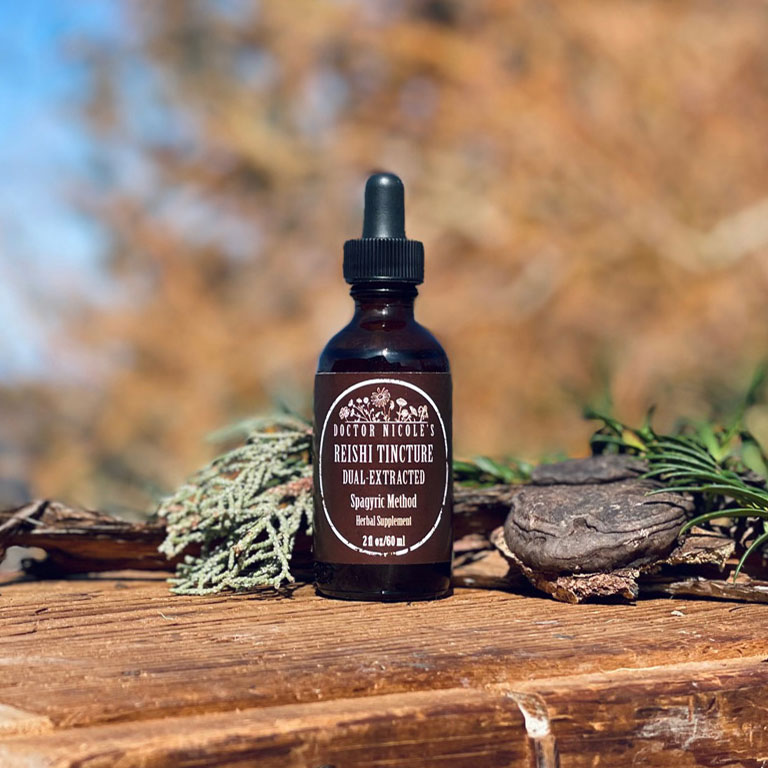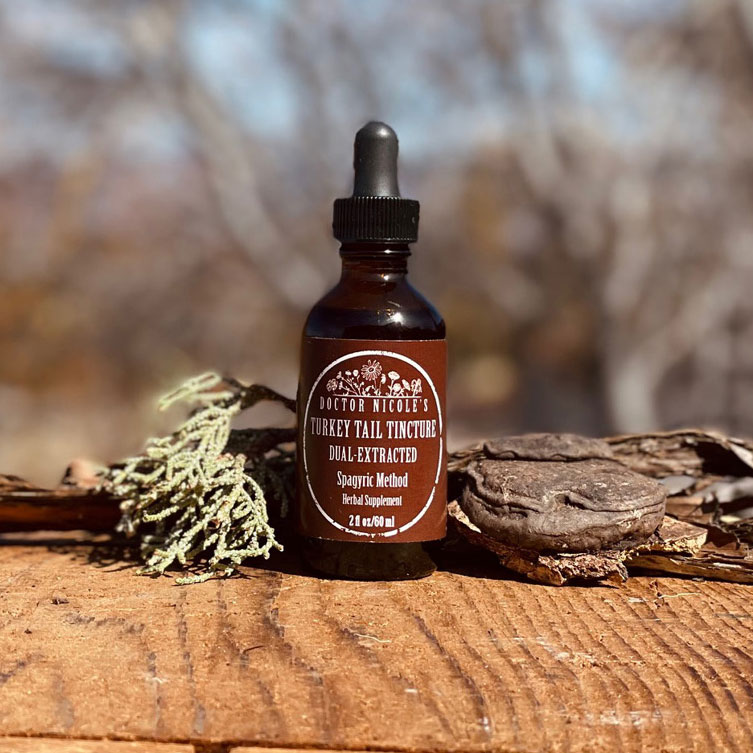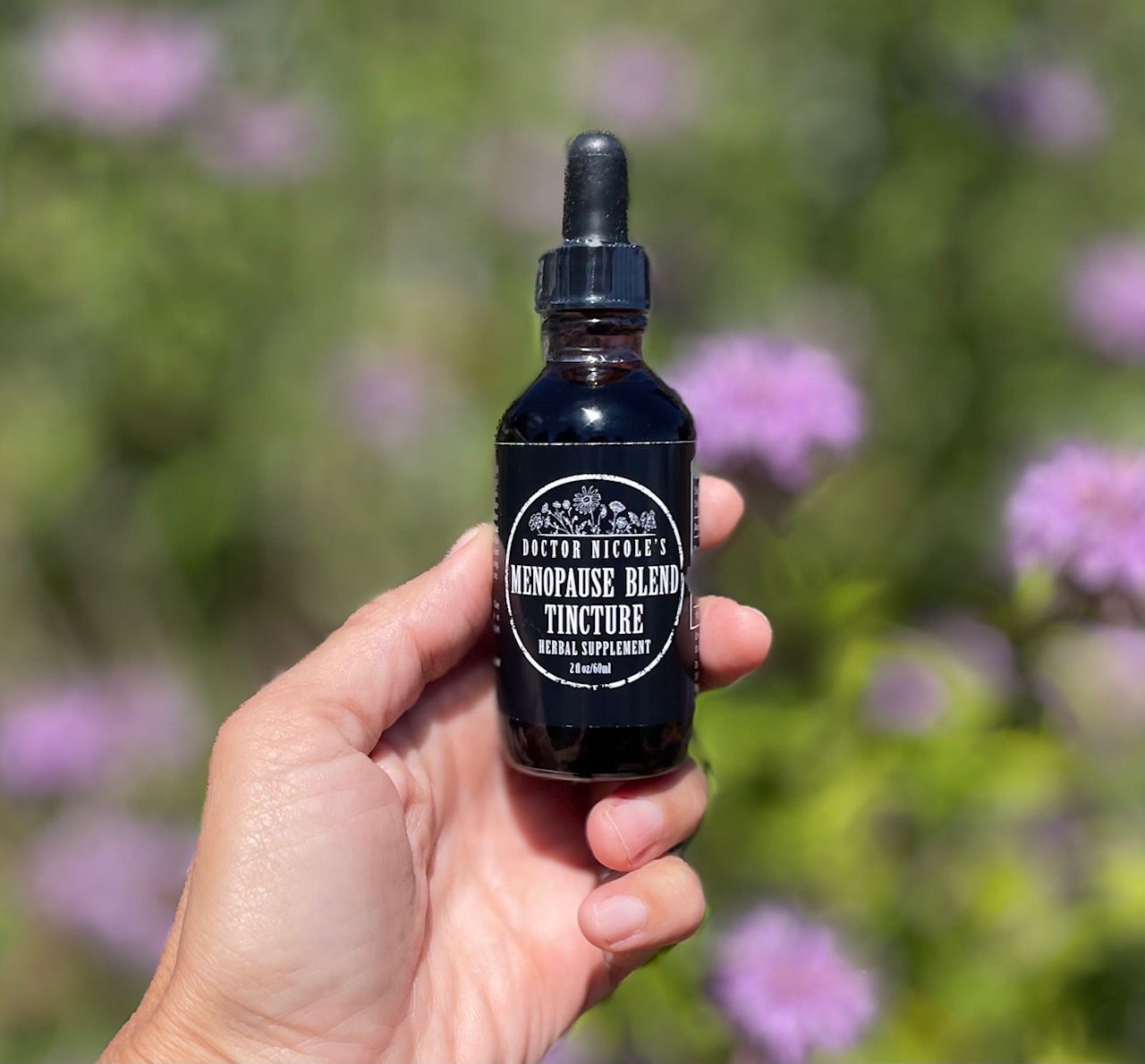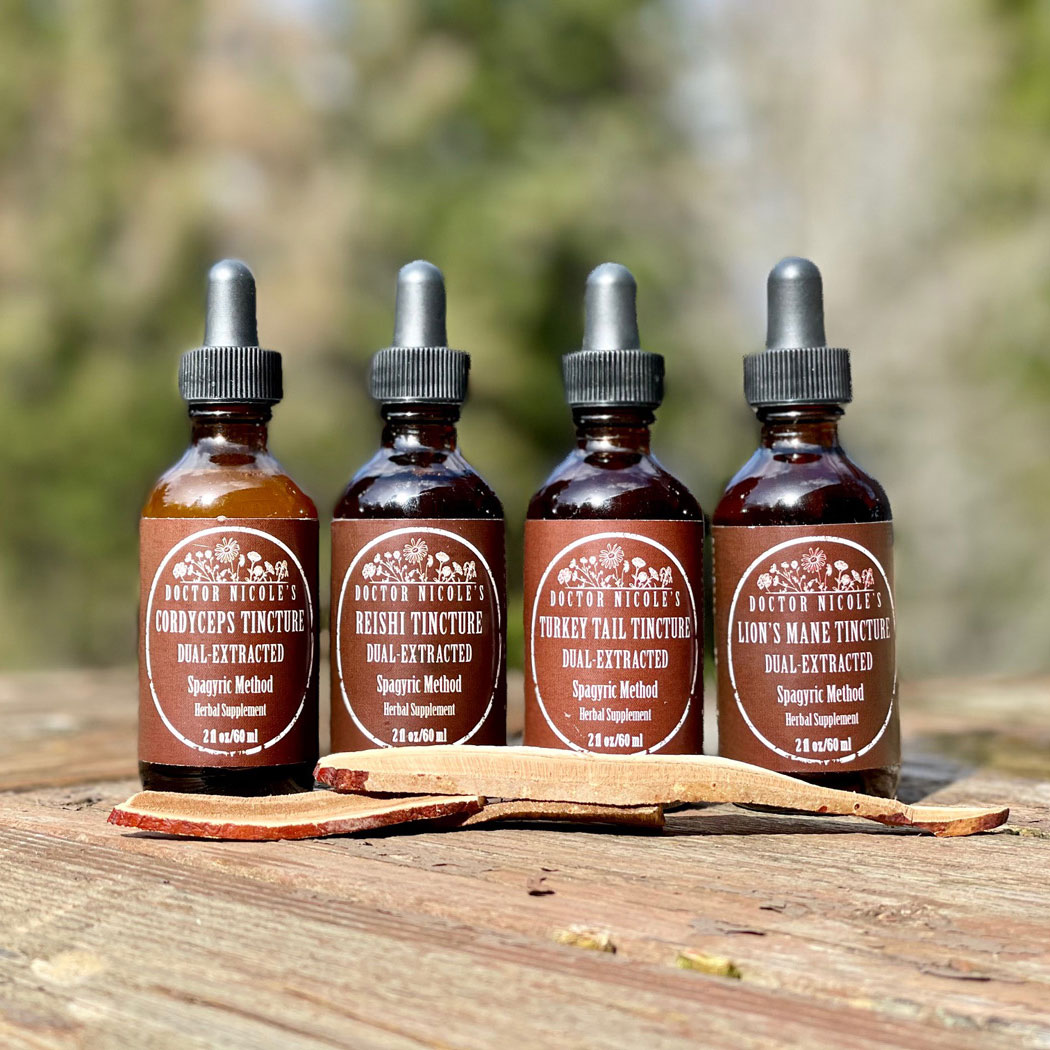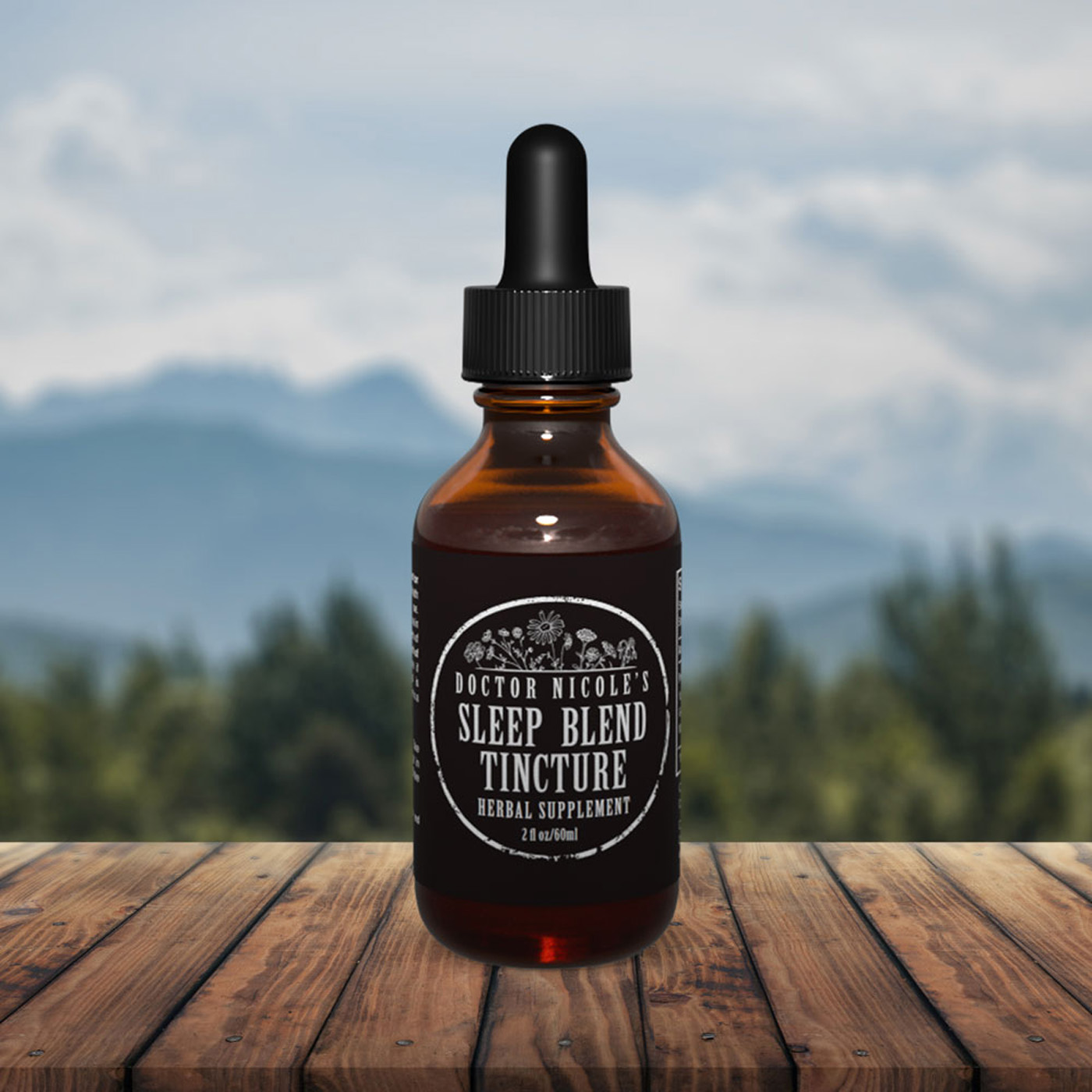Symptoms, Breakthrough Bleeding, and Hormonal Replacement Therapy
If you have reached menopause, or are experiencing some of the telltale signs that you are heading in that direction, you may find that unexpected symptoms have caught you off-guard. While depression and anxiety, weight gain, fatigue, insomnia, low libido, hair loss and hair thinning often accompany this hormonal shift, post menopausal bleeding may indicate an issue. In this post we will explore possible causes for abnormal bleeding, along with the benefits and risks of hormonal replacement therapy (HRT). Natural alternatives will also be discussed.
What to Expect
A woman is considered to be in menopause when she has gone 12 months without menstruation. It is a natural stage in a woman’s life and occurs when her body stops ovulation. Menopause has four distinct phases. Curious about these different stages and their symptoms? Have a look at this post.
The average age of menopause is around 51, although some can experience it in their 40s or as late as in their 60s. Once you are postmenopausal, you can expect your hormones to stay at a consistently low level. Some health issues that can accompany life after menopause include:
- Cardiovascular disease
- Osteoporosis
- Mental health issues, such as depression and anxiety
- Vaginal dryness
- Hot flashes one to two years after menopause (sometimes longer)
- Increased urinary tract infections
- Weight gain
Diet and lifestyle habits can help reduce the risk of these conditions. Consider a heart-healthy, whole foods Mediterranean diet, exercise regularly (including weight bearing and aerobic), stop smoking, and limit your alcohol consumption.

Post Menopausal Bleeding
Some experience breakthrough bleeding after reaching menopause. This can be due to a variety of reasons. Women who are on hormonal replacement therapy can experience vaginal bleeding for several months after beginning hormones. Alternately, some women mistakenly believe they have entered menopause, but are actually still ovulating where bleeding can occur. Other causes include:
Endometrial Hyperplasia — This is when the endometrium thickens because there is an excess of estrogen and not enough progesterone. It is a common occurrence in postmenopausal women and can cause bleeding. It is important to note that long-term use of estrogen without a balance of progesterone can lead to this condition as well as uterine cancer if left untreated.
Uterine Polyps — Classified as non-cancerous growths, most polyps are considered benign, although some may turn cancerous over time. Common in postmenopausal women, they can cause breakthrough bleeding.
Endometrial Cancer — Beginning in the endometrium layer of the uterus, this form of cancer can cause irregular bleeding as well as pelvic pain. Around 10 percent of those who experience menopausal breakthrough bleeding are diagnosed with endometrial cancer.
Endometrial Atrophy — When the endometrial lining becomes too thin, you may experience post menopausal bleeding.
Cervical Cancer — Breakthrough bleeding can, in rare circumstances, be a sign of cervical cancer. Your doctor can observe dysplasia in the cells with an annual Pap smear, which helps in early detection and treatment to reduce the risk of this form of cancer.
If you are experiencing unexplained post menopausal bleeding, it is always wise to consult with your physician to determine the cause and confirm it is not due to a serious medical problem. Regular screenings with your gynecologist will also help detect potential problems before they can turn serious, regardless of if you are having breakthrough bleeding or not.
Hormone Replacement Therapy: Medical Miracle or High Risk Treatment?
When faced with the hormonal fluctuations of menopause, and the uncomfortable symptoms that accompany it, many women turn towards hormone replacement therapy (HRT). Here are several aspects to consider:
Two hormones produced by the ovaries, estrogen and progesterone, play an important role during your childbearing years. Estrogen is responsible for thickening the lining of the uterus in preparation for the implantation of a fertilized egg, and it also helps you to utilize calcium and maintain healthy levels of blood cholesterol. Progesterone helps to prepare the uterus for a fertilized egg and maintains the pregnancy. Additionally, it regulates blood pressure and improves mood and sleep.
As women transition into menopause, the production of these hormones begins to decrease. Progesterone levels drop more dramatically than estrogen, leading to what is called estrogen dominance. Because of this reduced hormonal output, you can experience hot flashes, night sweats along with cold flashes, vaginal dryness, insomnia, fatigue, urinary urgency, depression or irritability, mood swings, and dry skin, eyes, or mouth. Hormonal replacement therapy can help to alleviate many, if not all, of these symptoms and may offer other beneficial health effects. But it also comes with certain risks.
There are two types of HRT: estrogen therapy where estrogen is taken alone, and combination therapy where both estrogen and progesterone (or progestin, a synthetic progesterone) are used. HRT can be administered via pills, transdermally with a patch, or vaginal rings.
Some research has found that transdermal HRT may help to protect women against breast cancer, according to one Finnish study.1 The research team analyzed data for women using estrogen only HT as well as combination therapy. They found that breast cancer risk was reduced in both groups. Another study that involved 489,105 women using estrogen-only HRT experienced 19 fewer cardiovascular disease deaths and 7 fewer stroke deaths per 1,000 women who used the hormonal therapy for at least 10 years.2 Another study suggests that estrogen-only HRT should only be used by those who are in their 50s and have had a hysterectomy.9,10
However, other studies have shown mixed results. A team of researchers analyzing data on oral HRT taken by American women reported in 2017 that using oral estrogen without progesterone lowered the risk of breast cancer and osteoporosis without increasing the risk of heart disease. But with one caveat: it also appeared to increase the risk of stroke, blood clots, and gallbladder disease.3 The study looked at both perimenopausal and postmenopausal women.
Combination therapy using both estrogen and progesterone has been shown to increase the risk of heart attack, lung cancer, stroke, blood clots, and breast cancer, while reducing the risk of colorectal cancer, uterine cancer, and hip fractures.4,5
“We continue to encourage women to use hormones only if needed for menopausal symptoms, and for the shortest time possible, and to adopt and maintain a healthy lifestyle, that is, engage in regular physical activity, maintain a healthy body weight, consume a diet low in saturated fat, and to not smoke, to reduce their risks of cardiovascular and other chronic diseases,” said Marcia Stefanick, Ph.D., coauthor of the paper and professor of medicine at Stanford University, Stanford, California.
What about bioidentical progesterone cream?
The difference between synthetic progestin and bioidentical progesterone can be confusing. Both have similar side-effects, including increased risk of tumors, blood clots, breast tenderness, and headaches.
“Progesterone is a naturally occurring steroid hormone made in varying amounts by male, female, and intersex bodies. Progestin is a synthetic chemical that mimics the effects of progesterone on the body.
So-called “natural” or “bioidentical” progesterone medications also exist. This name is somewhat inaccurate, though: Progesterone medications are synthesized from a plant chemical called diosgenin — which is found in wild yam.”8
The bottom line? Hormone replacement therapy may not be for everyone. It is important to consult with your health care practitioner and weigh the benefits and risks in relation to your personal health history.
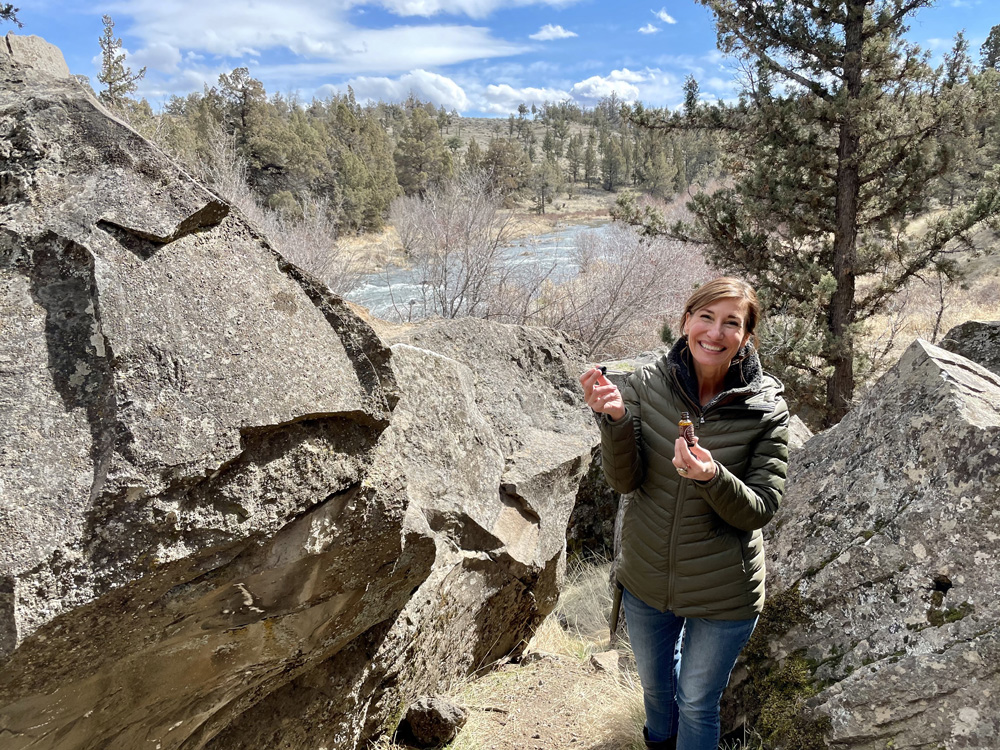
Natural Solutions
If you would rather forgo HRT and use natural remedies instead, you have several options to choose from. Herbal medicine and essential oils may provide safe and effective alternatives to synthetic hormones. Here are a few of my top picks:
Black Cohosh — Research has shown that this botanical is outstanding for reducing the severity of hot flashes and night sweats. It also can help with insomnia and address hormonal fluctuations associated with fibroids and diabetes.7
Vitex / Chasteberry — Similar to black cohosh,vitex can also help regulate hormones. One study found that it balances the ratio between progesterone to estrogen.6
Red Clover — Due to its phytoestrogen isoflavonoid levels, red clover is an excellent alternative to hormone replacement therapy. It relieves many of the symptoms of menopause, including hot flashes and night sweats. It may also help with preventing osteoporosis and cardiovascular disease. I like to pair it with black cohosh for the best effectiveness.
I also highly recommend adaptogens to ease stress, fluctuations in mood, low energy levels, and poor sleep. Beyond helping to improve thyroid function and reduce weight gain, calming anxiety and depression, addressing adrenal fatigue, and protecting the brain, these botanicals also balance blood sugar and insulin levels — which can be impacted by menopause.
Popular adaptogens include ashwagandha, ginseng, rhodiola, holy basil (tulsi), and medicinal mushrooms — such as reishi, turkey tail, lion’s mane, and cordyceps. Each is included in my Mushroom FOURtress bundle.
If you opt for medicinal mushrooms, make sure to use dual-extracted tinctures that only utilize the fruiting bodies, like the ones found at my apothecary. See the post, “Are you using counterfeit mushroom extracts? Here’s how to know the difference” to read more.
Essential oils, lowering stress, regular exercise, and getting enough quality rest are helpful for managing the symptoms of menopause as well. Essential oils of clary sage, Roman chamomile, thyme, and peppermint oil can cool hot flashes, ease stress and anxiety, while also balancing hormones. Dilute a few drops in a 1/2 teaspoon of carrier oil (avocado, almond, or jojoba), then massage into the back of the neck up to three times per day.
An anti-inflammatory diet is helpful too. Avoid processed foods, refined sugar, pro-inflammatory vegetable oils (canola, safflower, corn, sunflower, soybean), fried foods, conventional meat, and alcohol. Instead, choose a whole-foods, Mediterranean-style diet that is rich in fruits, vegetables (especially leafy greens), wild caught fish, olive oil, and whole grains.
For ultimate menopausal support, please see my potent Menopause Blend in the apothecary. It contains concentrated extracts of black cohosh and red clover to alleviate the uncomfortable symptoms of menopause.
If you need extra help breaking the cycle of insomnia and getting enough quality rest during menopause, my potent Sleep Blend formulation is an outstanding option. It contains concentrated extracts of valerian, hops, German chamomile, and passion flower that help you to fall asleep quickly — and stay asleep longer. Visit the apothecary today to learn more.
I hope these tips are helpful. Here’s to balanced (and happy) hormonal health!
Nicole Apelian
Nicole’s Apothecary Products in this Post
References
-
Mikkola, T. S., Savolainen-Peltonen, H., Tuomikoski, P., Hoti, F., Vattulainen, P., Gissler, M., & Ylikorkala, O. (2016). Reduced risk of breast cancer mortality in women using postmenopausal hormone therapy: a Finnish nationwide comparative study. Menopause (New York, N.Y.), 23(11), 1199–1203. https://doi.org/10.1097/GME.0000000000000698
-
Mikkola, T. S., Tuomikoski, P., Lyytinen, H., Korhonen, P., Hoti, F., Vattulainen, P., Gissler, M., & Ylikorkala, O. (2015). Estradiol-based postmenopausal hormone therapy and risk of cardiovascular and all-cause mortality. Menopause (New York, N.Y.), 22(9), 976–983. https://doi.org/10.1097/GME.0000000000000450
-
Marjoribanks, J., Farquhar, C., Roberts, H., Lethaby, A., & Lee, J. (2017). Long-term hormone therapy for perimenopausal and postmenopausal women. The Cochrane database of systematic reviews, 1(1), CD004143. https://doi.org/10.1002/14651858.CD004143.pub5
-
“WHI Follow up Study Confirms Health Risks of Long-Term Combination Hormone Therapy Outweigh Benefits for Postmenopausal Women”, National Institutes of Health, March 2008. https://www.nih.gov/news-events/news-releases/whi-follow-study-confirms-health-risks-long-term-combination-hormone-therapy-outweigh-benefits-postmenopausal-women
-
Oregon Health & Science University. “Hormone replacement therapy linked to increased lung cancer risk.” ScienceDaily. ScienceDaily, 4 March 2010. https://www.sciencedaily.com/releases/2010/03/100303162928.htm
-
Geller, S. E., & Studee, L. (2005). Botanical and dietary supplements for menopausal symptoms: what works, what does not. Journal of women’s health (2002), 14(7), 634–649. https://doi.org/10.1089/jwh.2005.14.634
-
Shams, T., Setia, M. S., Hemmings, R., McCusker, J., Sewitch, M., & Ciampi, A. (2010). Efficacy of black cohosh-containing preparations on menopausal symptoms: a meta-analysis. Alternative therapies in health and medicine, 16(1), 36–44.
-
“Your Guide to Progestin, Progesterone, and Their Roles”, by Erica Cirino, medically reviewed by Stacy A. Henigsman, DO, Healthline, July 18, 2022. https://www.healthline.com/health/womens-health/progestin-vs-progesterone
-
LaCroix, A.Z. Journal of the American Medical Association, April 6, 2011; vol 305: pp 1305-1314.
-
Jungheim, E.S. and Colditz, G.A. Journal of the American Medical Association, April 6, 2011; vol 305: pp 1354-1355.


